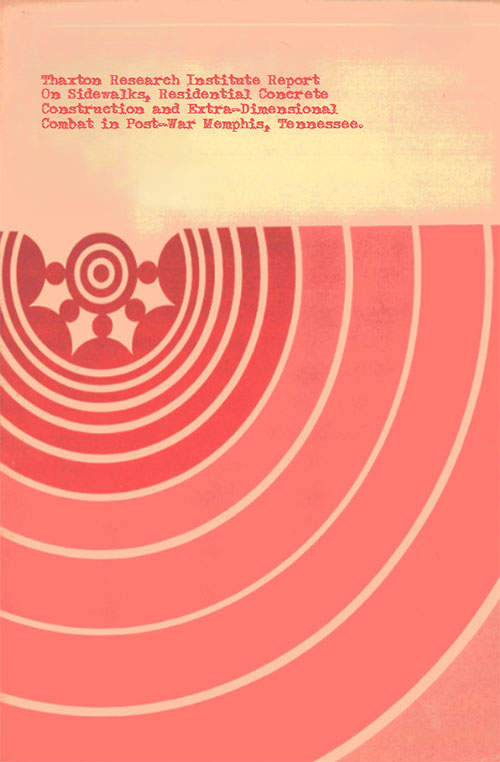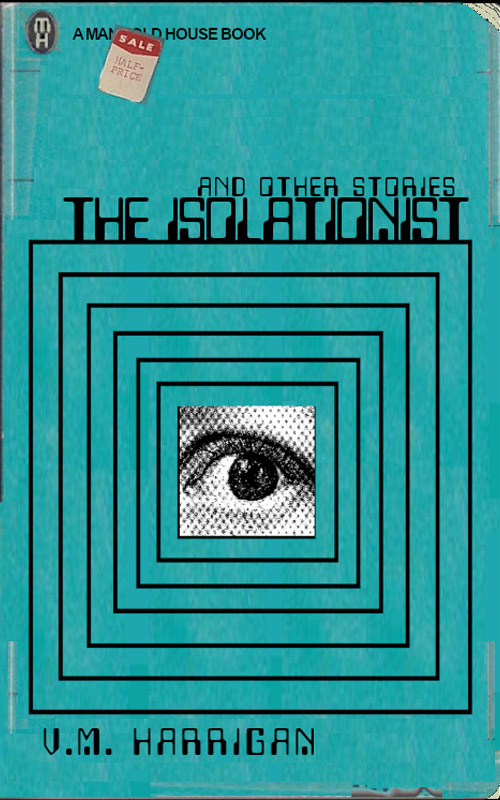Four Doorways in or near New Orleans is a non-linear, post-apocalyptic time travel novel, and the first entry into the Four Doorways universe. Fragmented storylines follow different individuals before, during, and after a cataclysmic extra-dimensional incursion. Ancient monsters, imprisoned somewhere beyond our universe, invade Earth and wipe out humanity. Multiple perspectives, some human, some not, all of them revolving in some way around main protagonists Tom and Pan.
From the book jacket:
“The veil that keeps them out is thin, so very thin, and they are
all waiting to come over here. Our myths and nightmares come from
something real. Our idea of hell? It comes from something real.
I know because I have seen it. I have seen them.”
-From the interview of Tolson Ivy Barnett
Humanity is doomed, but only Tom and his synthetic friend Pan know it. The monsters from our nightmares will use the mysterious Doorways, gashes in the fabric of time and space, to invade our world, making mankind their food and the Earth their wasteland kingdom. Tom and Pan know this because they use the Doorways themselves, traveling across history with a desperate plan to defeat the invaders. But it’s a race against time, not to save humanity, but to transform it into something else, something that can survive death and the ages that come after.
Four Doorways in or Near New Orleans weaves together interconnected stories, tales of desperate souls struggling to survive an inevitable invasion and the apocalyptic aftermath. Characters move in and out of each other’s lives, their stories finally converging as the world comes to a horrifying end. Those left in the ruins will struggle with the meaning of memory, the nature of time and what it actually means to be human.
THE FULL KIRKUS REVIEW:
A Cuban orphan is mentored by a benevolent space-and-time-travelling robot to oppose an invasion of Earth by ravenous, monstrous entities in Harrigan’s SF novel.
Portals (or “doorways”) are appearing on Earth. On the other side of some of them await fiendishly hungry, shape-shifting horrors that possess cunning and intelligence, making them an extinction-level threat (“They always look like things we fear, predatory archetypes like reptiles, spiders, and others, but twisted, misshapen. They are also big, very strong, and hard to kill”). Tom Lafitte (taking his surname from the legendary pirate-hero of New Orleans, Jean Lafitte) is a Cuban native, introduced as a terrified orphan fleeing a 1909 campaign against nonwhites in the island’s hinterlands. He finds a surprising guardian and mentor in “Pan,” a cloaked figure ultimately revealed to be a personable humanoid robot. Pan, with infinite patience, tutors the peasant lad in science fundamentals and the network of enigmatic doorways, several of which he is tasked to close with early versions of EMP bombs. An increasingly careworn and battle-scarred Tom returns to the central story thread at intervals; other chapters follow the travails of additional survivors, automatons who outlast the human race, and even the monsters themselves. The nontraditional narrative skips over a great deal of scientific exposition (and millennia of evolution) and get straight to business, some of which is very violent and gruesome (in the “splatterpunk” mode). There are also flirtations with Lovecraftian demon-worship, Voudon/Santeria spirituality, and the meaning of sentience (or, for that matter, existence), alongside cameo appearances by two children’s-book favorites, The Velveteen Rabbit and The Wind in the Willows. If those sound like curious ingredients for a bloodthirsty SF/horror story gumbo…they are, but they constitute a novel diversion for genre readers looking for something a bit outside the usual “weird tales” fare that still delivers the requisite claws, fangs, and tentacles.
An eccentric alien-invasion yarn of unusual scope and ambition.



